Human Chorionic Gonadotropin can save your testicles even in the most dangerous situations. How exactly does it work, when do you start, and when do you stop? Here’s all you need to know.
What is hCG?
We won’t stop at basics for long, since there’s a lot to discuss practically. In extremely simple terms, hCG is a hormone produced by the placenta during pregnancy, but it can also be used to stimulate the production of testosterone in men.
It works by mimicking the action of luteinizing hormone (LH), which is produced by the pituitary gland and signals the testes to produce testosterone.
Why do you need hCG?
LH keeps the Leydig cells in your testicles up and running, and if you don’t have LH on cycle, a mimetic like hCG may come in handy to “trick” your testicles into staying active.
If your Leydig cells keep working and keep making testosterone, you won’t have to “restore” it from scratch when your cycle ends and you start PCT. That’s why hCG is usually used as a pre-PCT option, not just alongside SERMs like Nolvadex or Clomid. However, it’s not that simple.
When & How to Take hCG
You have several options when it comes to protocols:
- In the last few weeks before PCT;
- On PCT only;
- On the whole cycle.
Let’s dive into the details.
Option 1: In the last few weeks before PCT
This is a popular, but not the best option.
- When to start: 2 weeks before PCT when you cycle long-acting compounds;
- How much to take: 1000 IU every other day;
- When to stop: when you start taking SERMs, Nolva or Clomid.
Note here that hCG raises aromatase levels (the enzyme that converts your testosterone into estrogen) and while it’s definitely beneficial for your testicles and natural testosterone production, it can also result in some nasty estrogenic side effects (from mood swings to gynecomastia). You need aromatase inhibitors with hCG in this case: Arimidex, Aromasin, or Femara.
You can read our full guide on aromatization and its effects for more detailed info on this process.
Option 2: On PCT
Some say that hCG alongside SERMs, like Nolvadex, is not quite a good thing, since hCG boosts aromatization. However, the studies show that the two go perfectly well together. You just need AIs added.
- When to start: in the first 2 weeks of PCT;
- How much to take: 1000 to 1500 IU EOD;
- When to stop: on week 3 of PCT.
To be clear, this option — though rather popular — is the least effective one. You still get that “void” in the natural testosterone production, and you still get the side effects. It’s in every aspect inferior to the third option.
Option 3: During the whole cycle
That’s what we would recommend as the most effective way to take hCG.
- When to start: when the main compounds of the cycle start limiting the natural production (basically, when you get the effects, 2-3 days with quick-acting compounds and around 2 weeks with slow-acting ones);
- How much to take: 250mg EOD;
- When to stop: before you start the PCT with SERMs.
It’s the most logical way to utilize the hCG effects. You want your testicles to stay active and keep on working throughout the cycle to prevent the suppression before it starts (or, at least, limit it — we’re not saying that hCG is a 100% guaranteed life-savior, it can minimize, but not eliminate the sides completely).
The only concern with this option, and why it’s often not used, is money. hCG is not the cheapest substance on the market. And you need AIs on top. And all of that — with your other gear in the stack.
NOTE: If you can afford steroids and can’t afford reducing the health damage from the cycle, you can’t afford steroids.
With Apoxar hCG costing between $85 and $90 now, and hypogonadism treatment (or potential gynecomastia surgery bills, or a therapist for your hormonal imbalance induced depression, or erectile dysfunction treatment) price going into thousands, you definitely can make the right choice here.
How to Prepare hCG for Injections
As a rule, hCG comes in powder form in vials. It’s a fragile substance that just doesn’t stay useful for long when reconstituted, so you’ll have to reconstitute it yourself.
95% of all the trustworthy hCG on the market comes in 5000 IU volume. To reconstitute it, you’ll need bacteriostatic water: sterile water with 0.9% of benzyl alcohol to make it safe for injections.
The good news is, you need to perform the process just once or twice in the whole cycle:
- Draw 2 ml of bac water into your syringe;
- Pour it into the vial with hCG in powder form;
- Gently shake the thing (gently);
- Make sure there are no irregularities, no particles floating, and so on;
- Done. It’s not really a challenging process.
2 ml of bac water with 5000 IU gives you 20 doses of 250 IU for EOD injections (40 days of non-stop hCG for on-cycle support, if you choose the third option from the list above). It’s 5 weeks of your cycle being safer. Do it again when you run out of this hCG vial, and you’re ready to cover a 10-week-long cycle in full.

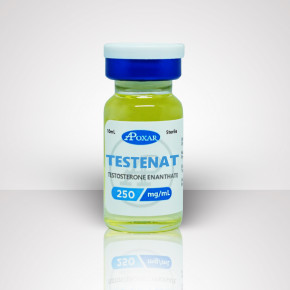
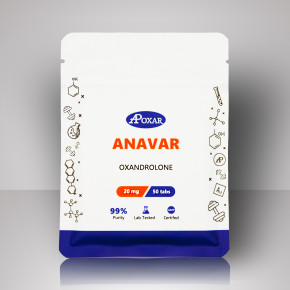
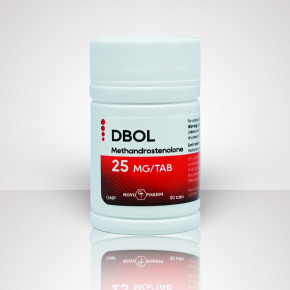
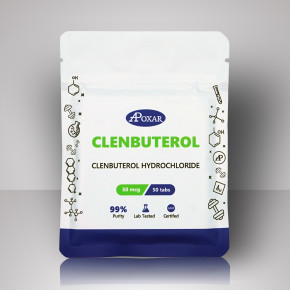
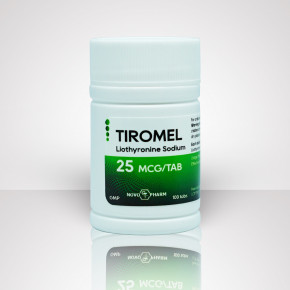
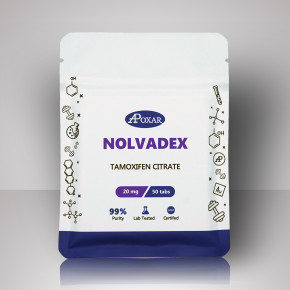
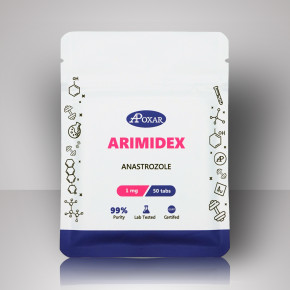
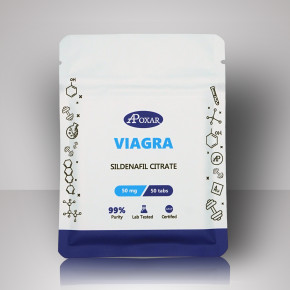
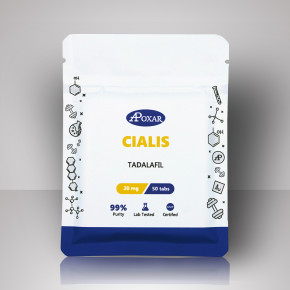
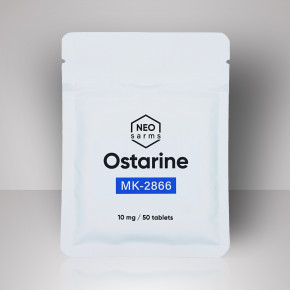
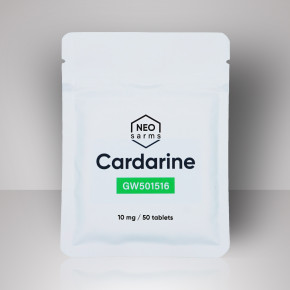
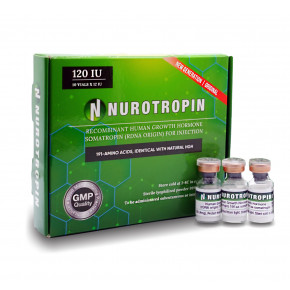
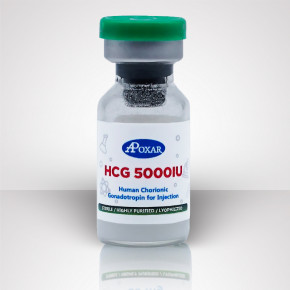
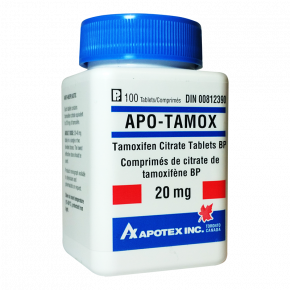
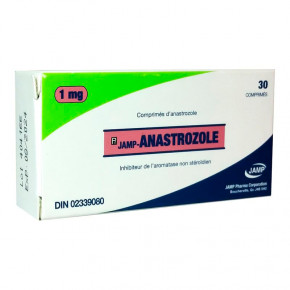
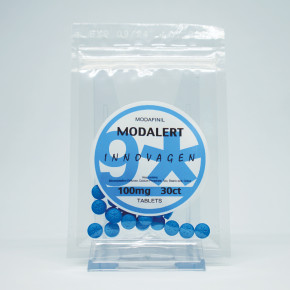
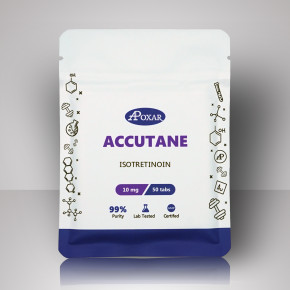
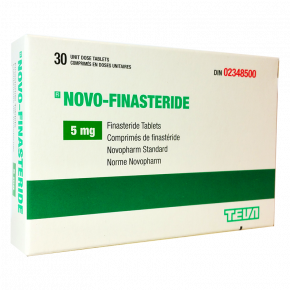
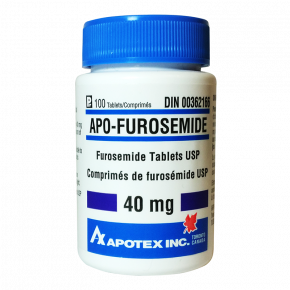
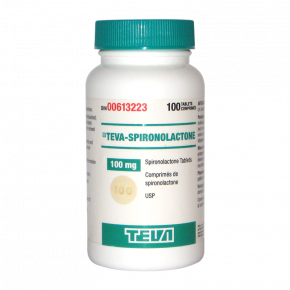

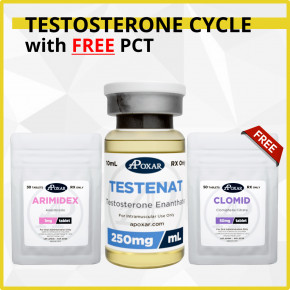
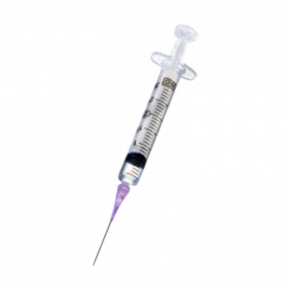
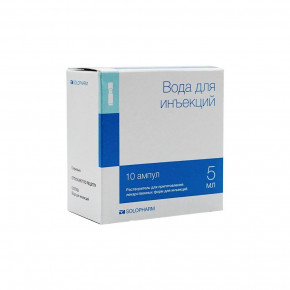

 Proudly Serving Canadians Since 2012
Proudly Serving Canadians Since 2012